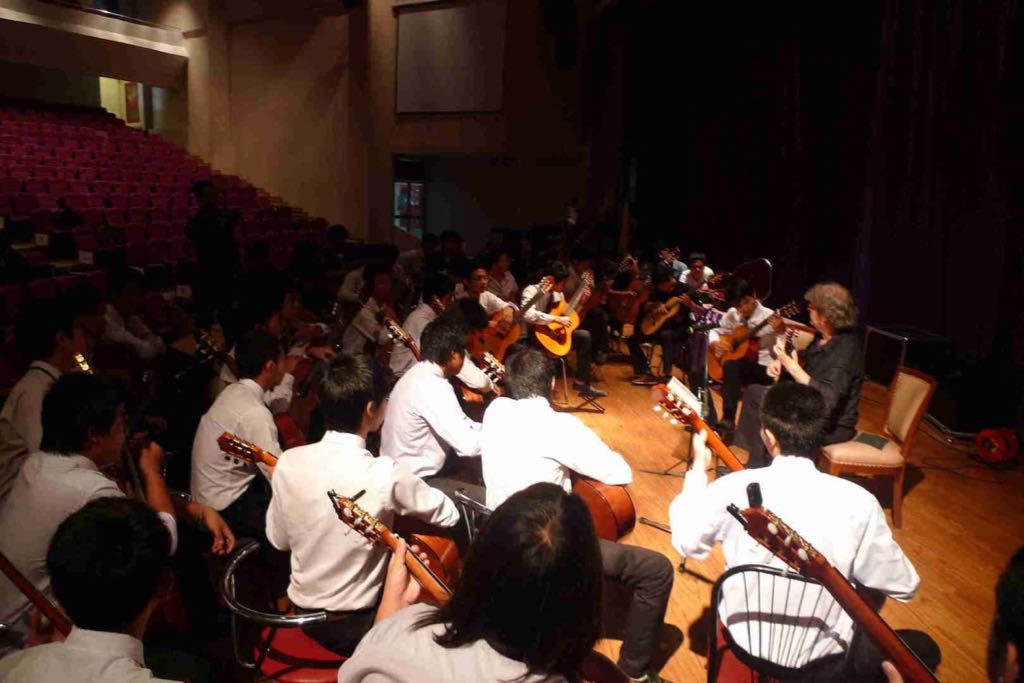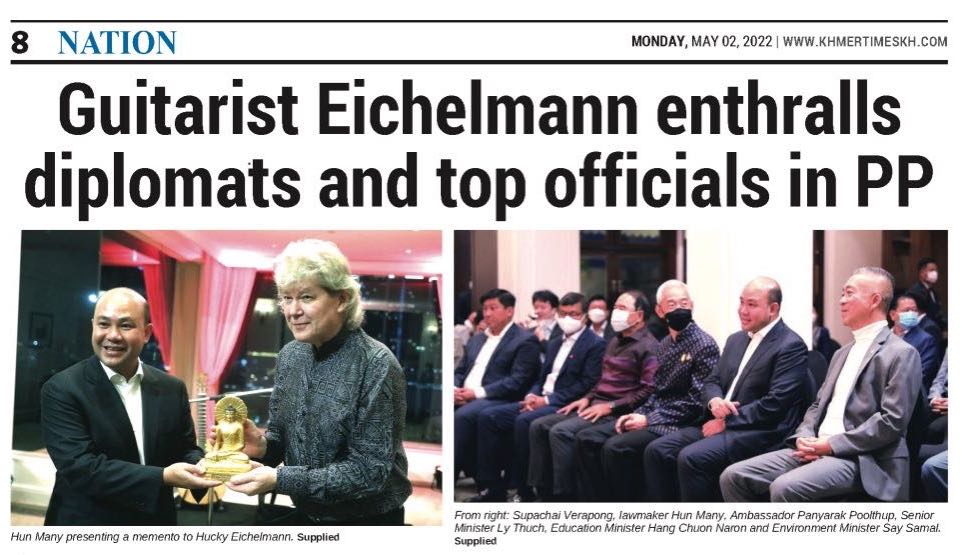The aim of this musical selection from the ten ASEAN countries - Brunei, Cambodia, Indonesia, Laos, Malaysia, Myanmar, Philippines, Singapore, Thailand and Vietnam - is to bridge the native musical traditions within the region through the filter of contemporary musical consciousness and today’s modern way of life in these rapidly emerging countries.
The music on the album is in no way meant to be scientific research nor an ethnological study but simply a fun selection of well-known traditional folk, popular and contemporary music from the region, composed and arranged for the ever so popular guitar, an instrument which itself is such a perfect medium for a conversation between musical language and styles.
Many of the pieces are equally popular in more than one country and in many cases it is quite hard to tell where the melodies actually originate from; but what all of the pieces on this album have in common is that distinctive ASEAN flavor, which is characterised by mesmerising repetitive rhythms and the mystifying melodic charm and sweetness which differentiates music from ASEAN countries from the rest of the world.
The Musical texture is heterophonic in Indonesian and Thai folk music while Filipino folk music uses mixed textures. The use of melodic modes is common to Indonesian and Thai folk music while Filipino folk music uses melodic modes and diatonic scales. Duple meter and strophic form is common across countries.
The aim of this musical selection from the ten ASEAN countries - Brunei, Cambodia, Indonesia, Laos, Malaysia, Myanmar, Philippines, Singapore, Thailand and Vietnam - is to bridge the native musical traditions within the region through the filter of contemporary musical consciousness and today’s modern way of life in these rapidly emerging countries.
The music on the album is in no way meant to be scientific research nor an ethnological study but simply a fun selection of well-known traditional folk, popular and contemporary music from the region, composed and arranged for the ever so popular guitar, an instrument which itself is such a perfect medium for a conversation between musical language and styles.
Many of the pieces are equally popular in more than one country and in many cases it is quite hard to tell where the melodies actually originate from; but what all of the pieces on this album have in common is that distinctive ASEAN flavor, which is characterised by mesmerising repetitive rhythms and the mystifying melodic charm and sweetness which differentiates music from ASEAN countries from the rest of the world.
Hucky EichelmannMusical texture is heterophonic in Indonesian and Thai folk music while Filipino folk music uses mixed textures. The use of melodic modes is common to Indonesian and Thai folk music while Filipino folk music uses melodic modes and diatonic scales. Duple meter and strophic form is common across countries.


